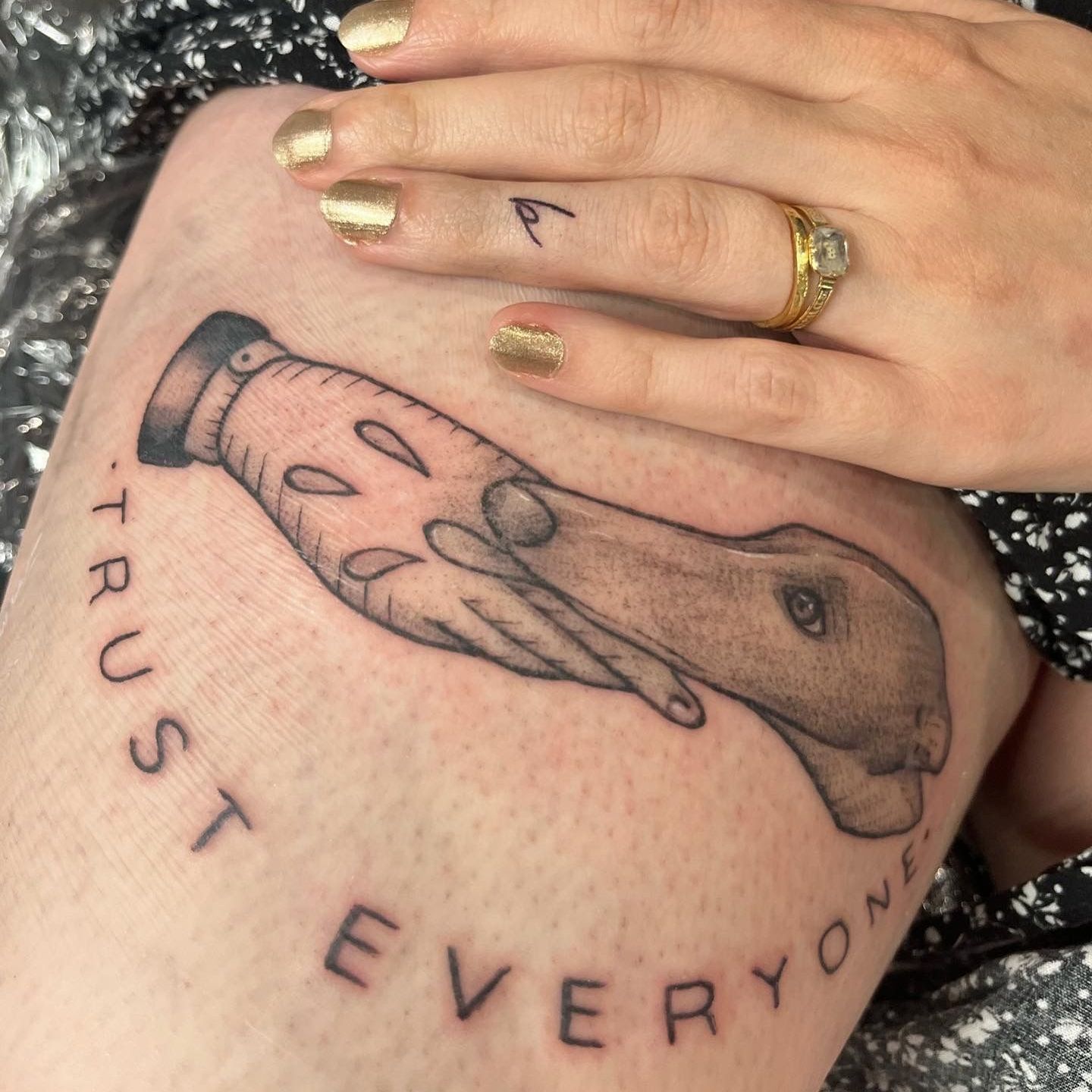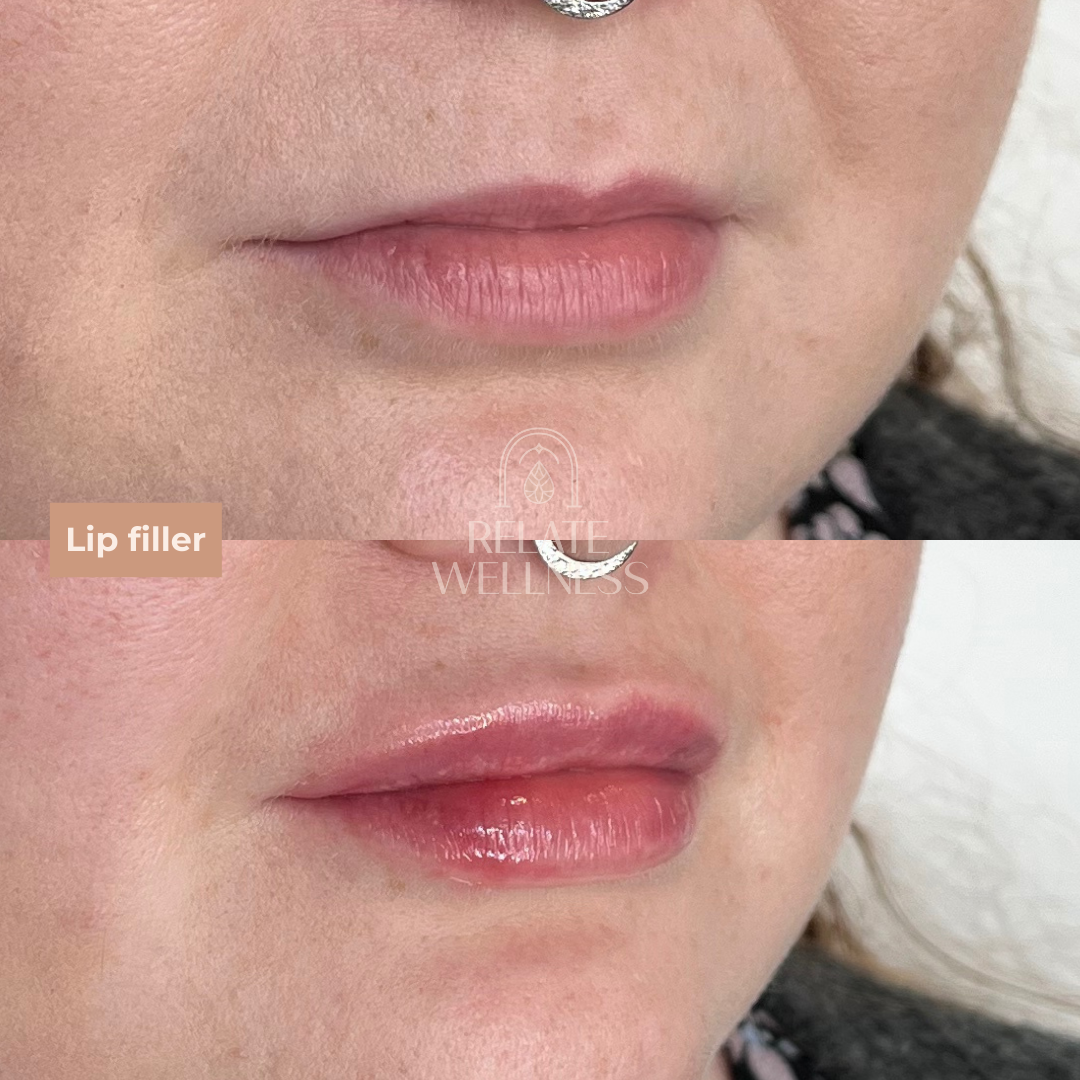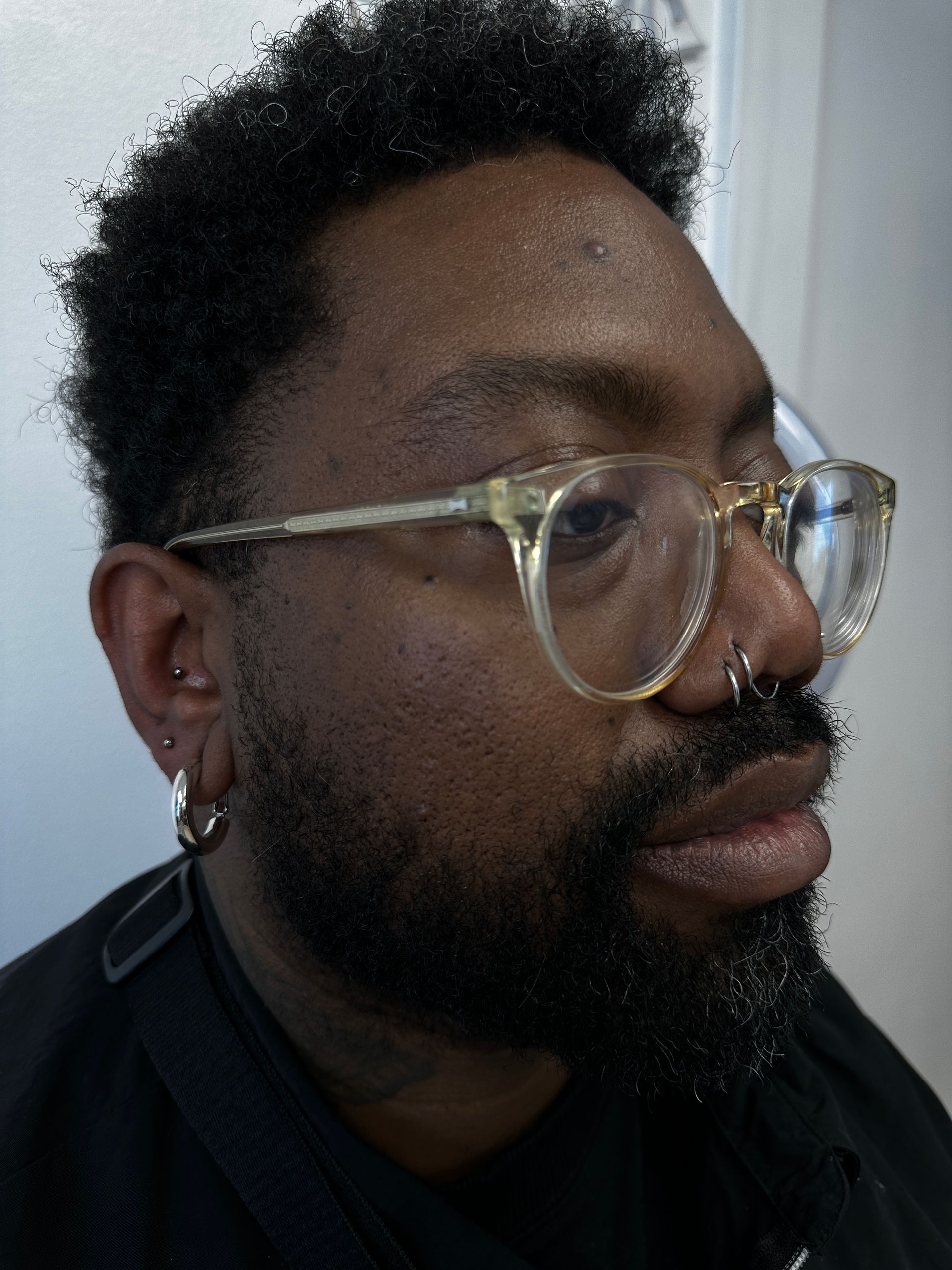Piercing Aftercare
Look after your piercing the Inka way!
General Information
- Wash you hands with antibacterial soap.
- Twice a day (morning and evening), saturate a cotton bud with sterile saline solution.
- Gently wipe the front and back of the piercing with the saturated cotton bud.
- Gently dry using a new, clean, dry cotton bud.
- Shower as normal, the warm water will help remove any stubborn healing build up.
- Please do not use anything other than the sterile saline solution to clean the piercing site.
Bar Shrink
- For the initial piercing we use longer jewellery, this is to allow for swelling, which is absolutely normal. It also aids cleaning.
- Once the Swelling has gone down, please book in for a bar shrink. If you would like another piercing at the same time as a bar shrink, simply add '+bar shrink' to the notes of your booking. You do not need to add another appointment.
- Having a shorter bar is an important part of the healing process. It will stop the piercing from moving, changing angle, and will help prevent irritation. It will also be much more comfortable for you.
- We recommend a bar shrink at around the 4 week mark. The window for the bar shrink is once the swelling has gone down, the piercing does not need to be fully healed.
General tips to help with healing your piercing
- Do not twist/turn/push/pull your jewellery. Doing this can drag dirt and bacteria into your piercing or damage it whilst it's healing. Only gently bathe/clean the front and back of your piercing.
- If your jewellery moves freely whilst you're cleaning it, that's fine.
- You may shower and bathe as normal, but do not soak your piercing for long periods of time.
- Do not get any cosmetics in your piercing, for example; moisturisers, fake tan, deodorant, make up, hair spray/gel, etc. They will irritate your piercing. It could also prevent healing which could lead to infection.
- Do not go swimming whilst your piercing is healing, this could also lead to infection.
- If clothes are covering your piercing, make sure that they are loose fitting and clean.
- Do not lie on your piercing whilst sleeping if possible. Lying on your piercing will have negative effects.
- For ear piercings, please thoroughly clean glasses arms with antibacterial cleaner.
- If wearing face masks , please use a clean face mask every day as the strings will hold bacteria.
- Whilst your piercing is healing, it is normal for some swelling to occur. It may also leak some fluid, form a crust around the edges, will be tender, and may itch. All of this is a normal part of the healing process.
Oral piercings
- Clean the outside of your piercing twice a day. You will also need to rinse the inside of your mouth with antibacterial mouthwash morning and night.
- Piercings which are entirely on the inside of your mouth, please rinse these with antibacterial mouth wash twice a day.
- To rinse your mouth, a sensitive antibacterial mouthwash may be used. Do not swallow any aftercare used to rinse the mouth, always spit it out.
- If you have an oral piercing, we recommend that you do not smoke or have sexual contact for at least 2 weeks.
Nipple and Navel Piercings
- Clean as recommended.
- Leave the micropore dressing covering your piercing on for a maximum of 24 hours.(if applicable)
- Do not apply another dressing. Allow the skin the breathe.
- Wear loose fitting, clean clothing over your piercing.
- For navel piercings, please avoid high waisted items of clothing and please avoid abdominal workouts for 4 weeks.
- Please make sure that any underwear covering the piercing area, eg. bras, pants or tights, are clean.
- For nipple piercings, we recommend no sexual contact (hands or mouth) for 2 weeks. We would also advise no shared water and not to submerge the piercing site.
- Please do not use any cosmetics on the area and avoid sun beds for the first 2 weeks.
Lumps and bumps
Bumps are common and usually occur when the piercing is irritated. This can be caused by;
- Touching and turning the jewellery.
- Make-up and skin/hair care products.
- Answering the phone on the side of a fresh piercing.
- Clothing catching/rubbing the piercing.
- Trauma caused to the areas, eg. catching/snagging the jewellery on hair or clothes, or bumping the piercing area.
- Headphones, hats, masks, etc.
- Sleeping on piercings.
At the first sign of a bump, make sure you are following the aftercare advice. Also, a cotton bud saturated in sterile saline solution can be gently pressed onto the bump for one minute, twice a day, to encourage it to settle.
Concerns
If you think that you may have a problem, please get in touch as soon as possible.
What to look out for:
- Sudden and excessive swelling.
- Excessive bleeding.
- Yellow/green/dark fluid.
- Warm to the touch.
- Excessively painful.
Healing
You will have been advised of the healing time of your piercing. Everyone is different and therefore healing times are only used as a guideline. If, after your recommended healing time, your piercing is still tender, crusting at the edges, or leaking fluid, it is not yet fully healed. Continue your aftercare procedures as normal until it no longer leaks fluid, crusts at the edges, or is tender. At this point, it is fully healed.
We cannot emphasize enough the importance of our aftercare for your piercing. It is a critical part of how it will heal and it cannot be neglected.
Need help with your Piercing Aftercare?
Please don't hesitate to contact us! We're always more than happy to help!
Find us
Inka Studios,
46 Curzon Street,
Derby,
DE1 1LL








